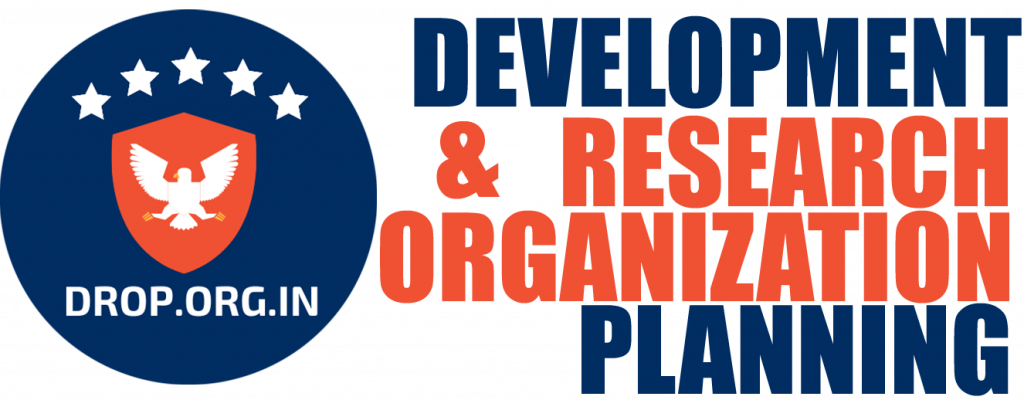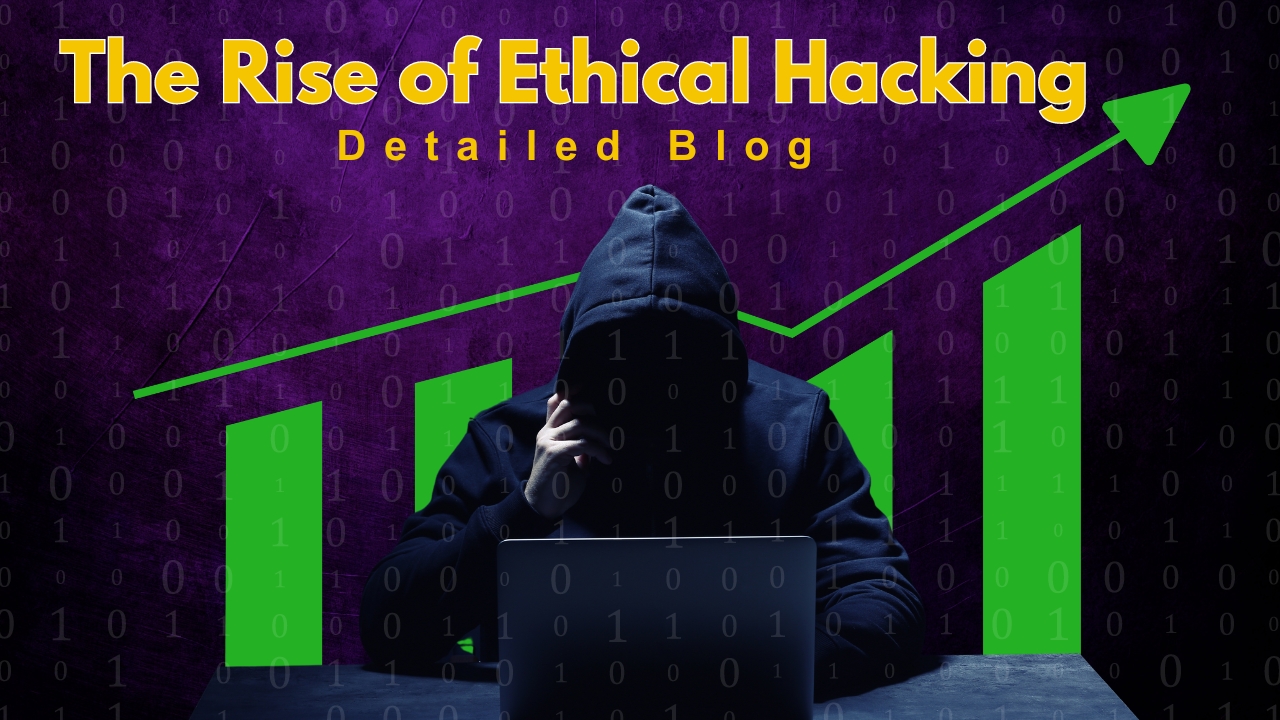Not very long ago, the word “hacker” evoked pictures of enigmatic people using computers for nefarious purposes. But a new type of hacker has developed recently: the ethical hacker, sometimes referred to as a white hat hacker. These digital defenders are vital to protecting our ever-more-connected world, and their significance is only going to increase.
This blog explores the emergence of ethical hacking, examining the elements that have contributed to its growth, the different aspects of this evolving field, and its bright future.
Why the Rise?
Several important causes have contributed to the emergence of ethical hacking:
- The Expanding Threat Landscape: Cyberattacks are growing increasingly common and sophisticated. Conventional security measures are no longer sufficient for businesses and organizations. A proactive approach is offered by ethical hackers, who spot vulnerabilities before malevolent actors may take use of them.
- The Value of Vulnerability Disclosure: Gone are the days when vulnerabilities were swept under the rug. Companies now understand the importance of transparency and acknowledge that ethical hackers play a vital role in patching vulnerabilities before they are weaponized.
- Bug Bounty Programs: These initiatives encourage a cooperative approach to cybersecurity by providing incentives for ethical hackers to identify and report vulnerabilities. Ethical hackers and organizations can now be connected thanks to websites like HackerOne and Bugcrowd.
The Many Hats of an Ethical Hacker
A broad variety of actions fall under the umbrella of ethical hacking, such as:
- Penetration Testing: Finding vulnerabilities in an organization’s network security through the simulation of actual attacks.
- Vulnerability Assessment: Systematically identifying, analyzing, and prioritizing security vulnerabilities.
- Social Engineering Penetration Testing: Evaluating an organization’s susceptibility to social engineering attacks, which exploit human vulnerabilities.
- Security Code Review: Identifying and mitigating security flaws in software code before it is deployed.
The Future of Ethical Hacking
Ethical hacking has a bright future. Here’s what to anticipate:
- The Rise of AI-powered Hacking: Malicious actors may exploit AI, even though it has the potential to greatly improve security measures. The identification and mitigation of AI-driven risks will heavily rely on ethical hackers.
- Evolving Regulations: Government rules pertaining to ethical hacking and vulnerability disclosure are probably going to become more prevalent as they struggle with the constantly shifting cybersecurity landscape.
- A Growing Industry: It is anticipated that there will be a continued need for ethical hackers, offering individuals with the necessary skill set attractive job options.
Deep Dives: Exploring the Nuances of Ethical Hacking
Building on the groundwork from the last blog post, let’s take a closer look at the realm of ethical hacking. In this article, we’ll delve into the specifics of various hacking techniques, the knowledge and abilities needed to become an ethical hacker, and the moral principles that drive their behavior.
Techniques of the Trade: Ethical Hacking Methodologies
A range of techniques are used by ethical hackers to mimic actual attacks and find weaknesses. These are a few of the most typical ones:
- Black Box Penetration Testing: mimicking the approach of an unidentified attacker who knows very little about the system they are targeting. This method highlights weaknesses that a hostile outside actor could take advantage of.
- White Box Penetration Testing: carried out with complete awareness of the architecture and configuration of the target system. Although a more thorough study is possible with this strategy, it may overlook weaknesses that an outsider could discover.
- Gray Box Penetration Testing: a hybrid strategy in which the ethical hacker is partially transparent but yet has some understanding of the target system. This approach mimics real-world situations in which insider knowledge could have been obtained by attackers.
- Social Engineering Penetration Testing: concentrating on weaknesses in people as opposed to those in technology. Phishing emails and pretext calls are only two methods that ethical hackers use to determine how vulnerable an organization is to social engineering assaults.
The Essential Skills of the Ethical Hacker’s Toolkit
Knowing how to safeguard things is just as important to ethical hacking as knowing how to break them. An example of an ethical hacker’s skill set is as follows:
- Networking Fundamentals: The foundation of ethical hacking is a thorough understanding of operating systems, network security principles, and network protocols.
- Vulnerability Assessment and Penetration Testing Tools: Gaining proficiency using tools such as Nessus, Metasploit, and Wireshark is necessary to detect and take advantage of vulnerabilities in a controlled setting.
- Programming Languages: Expertise in web development languages such as PHP and SQL, together with scripting languages like Python, enables ethical hackers to create unique scripts for vulnerability testing and automate activities.
- Critical Thinking and Problem-Solving: The process of discovering and innovating is known as ethical hacking. It is crucial to have the capacity for critical thought, analysis, and solution-building.
- Excellent Communication Skills: In order to fix vulnerabilities, ethical hackers must work with security teams, communicate clearly with both technical and non-technical audiences, and thoroughly record their findings.
The Ethical Compass: Normative Guidelines
In order to guarantee appropriate practices, ethical hacking functions inside a predetermined framework. These are a few fundamental moral precepts:
- Authorization: Every ethical hacking operation is carried out with the target system’s owner’s express consent.
- Scope Definition: The parameters of the engagement are specified in advance, including the systems that can be tested and the techniques that can be used.
- Confidentiality: Only authorized individuals are given access to all vulnerabilities and sensitive data that have been found.
- Non-Destructive Testing: Finding vulnerabilities is the aim, not taking advantage of them or breaking the target system.
- Reporting: Ethical hackers carefully record their discoveries and offer precise suggestions for correction.
By following these guidelines, ethical hackers make sure their activities are reliable and efficient, which promotes teamwork and improves cybersecurity as a whole.
This more thorough investigation gives you a more thorough grasp of the complex realm of ethical hacking. The methods and resources used by ethical hackers will advance along with technology. In the upcoming years, their role in protecting our digital world will undoubtedly become increasingly more crucial.
Conclusion
Nowadays, ethical hackers are not outliers. They are indispensable allies in the continuous war on cybercrime. The job of the ethical hacker will change as technology advances. Through the adoption of this proactive cybersecurity strategy, we can create a more secure digital future for all.


Leave a Reply